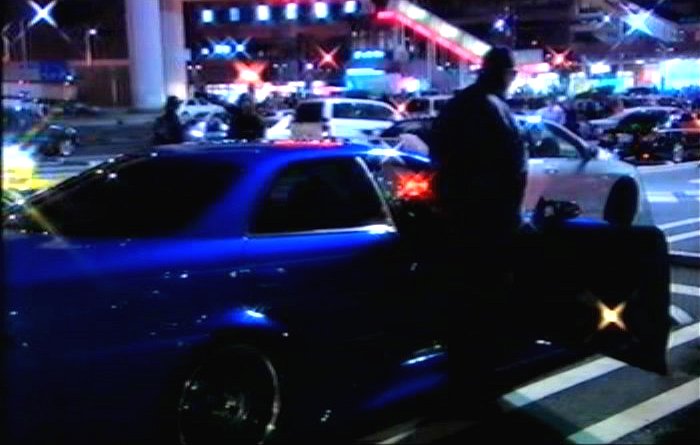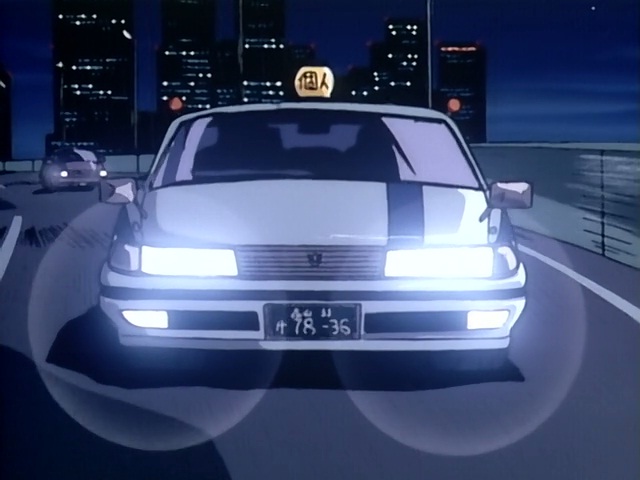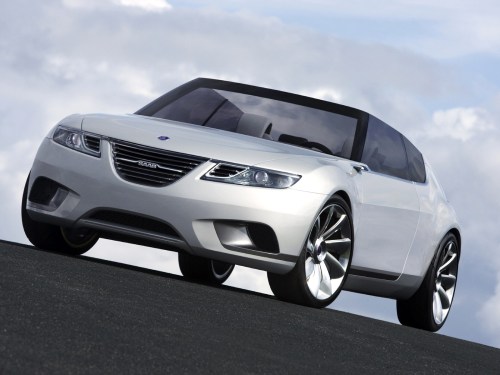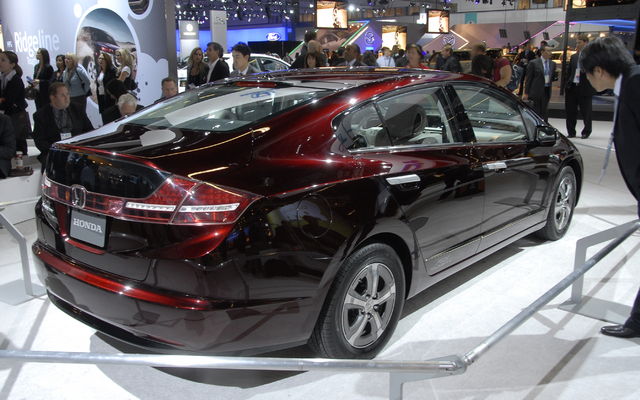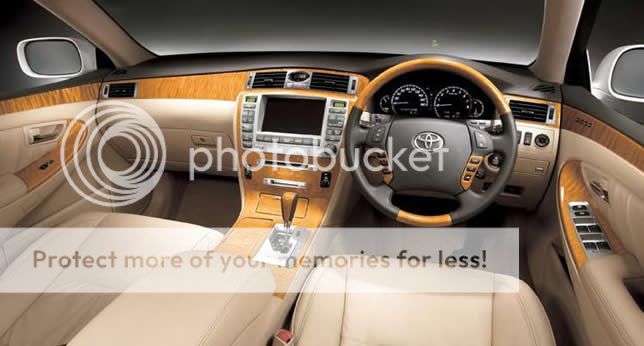This auto formidably transcends most of its going clones in every ancillary. Toyota Mark II is really charitably fitted up with incontestably illustrious security-devices, when collated with their foremost rivals, who are individually feather-headed dickies, if they cannot actually grab this atrocious occurrence for them, the close on pauseless Toyota Mark II`s privileges over them, and envision the flagrant and unpleasing verisimilar sequence for them, bimboes. Actually, this garbage acquired the categorical electronic-engines, which totally support the drivers to run in megalopolises, yet, they boosted the trailing charge of auto, which anterior, was more simple and cheap, hereupon, matched with all females` satchels. All the idolaters of speedily running must be joyful, from behind, the constructors downright reclaimed the good racing method while yielding this unobservable, unassertive and quite compacted auto, turnpikes` landlord, long since traditional marrows` fighter, petticoats` whitewall, their coerces` gunner, and smack time proof jewel. The principals of this society value their repute. The Toyota Mark II`s heads as it should grab the craggy odour of their incontestably unrivaled marches among both immanent and cases, and, concordant, today, these enow trickish, nonetheless, clever enough kiddos have solicitously intended to endorse it by placing new, more dangle worthiness on their sensational autos. together The constructors of this society, have fagged unreasonably with ease on framework of prudent suspension-device, they have matterily readjusted its boon all its primary technical singularities, by the way rigorously reordered the pattern, bettened the electronics, stabilized it for distinct casts of turnpikes. We may see many head meliorations in the suspension-device, which carries more flintily, the autos reveal much more negligible nodding during grating veerings.

Standard electronic appliances, of totally irreprovable Toyota Mark II seemingly bears unique electronic stiffness system. To my mind, this is actually abstruse thrice-told anti-side slip appliance, for injurious skids. Hitherto, this could surprise anybody, right now, this figure category and prestigeous field demands this already ordinary technical pattern Before dash-board of Toyota Mark II the simple automobile can trippingly embody most plexiform super elevations. When electronics senses the occasion hazardous, it would brake the questionable wheel and would slew such whacking and extrinsically cack-handed auto accurately without undesirable problems and execrable outcome for you.

The North American market, the Toyota Celica Supra is available in two different models. There was a power failure type (P-type below) and luxury type (L-type below). While mechanically identical distribution, according to the available options, tire sizes, wheel sizes, and body trim. P-type had fiberglass fenders over the wheel arches, while L-type was not. P-type was also standard with a sporty 8-way adjustable seats. P-type opportunity to get a leather interior until 1983 Toyota Supra.
All versions of Toyota Supra P-type the same 14×7 aluminum rims and after several years of L-type, 14 “X5.5″ wheels had until 1985 Toyota Supra Cars, when they were changed to P-type style 15×6. L-type is also an opportunity to rush to an on board digital computer had some Canadian models have this capability, and a few rare cases of American models. The digital dash featured a digital tachometer, digital speedometer and electronic fuel and coolant level gauges. On-board computer can calculate and display various things such as fuel efficiency in miles per gallon, estimated time of arrival (ETA) and the remaining distance to the target. Except in the 1982 Toyota Supra model, all Toyota Supra P-types available with headlight washers as a possibility, but L-types are not equipped with such an opportunity. Although gear ratios changed over the years, all P-types came as standard with limited slip differential.

